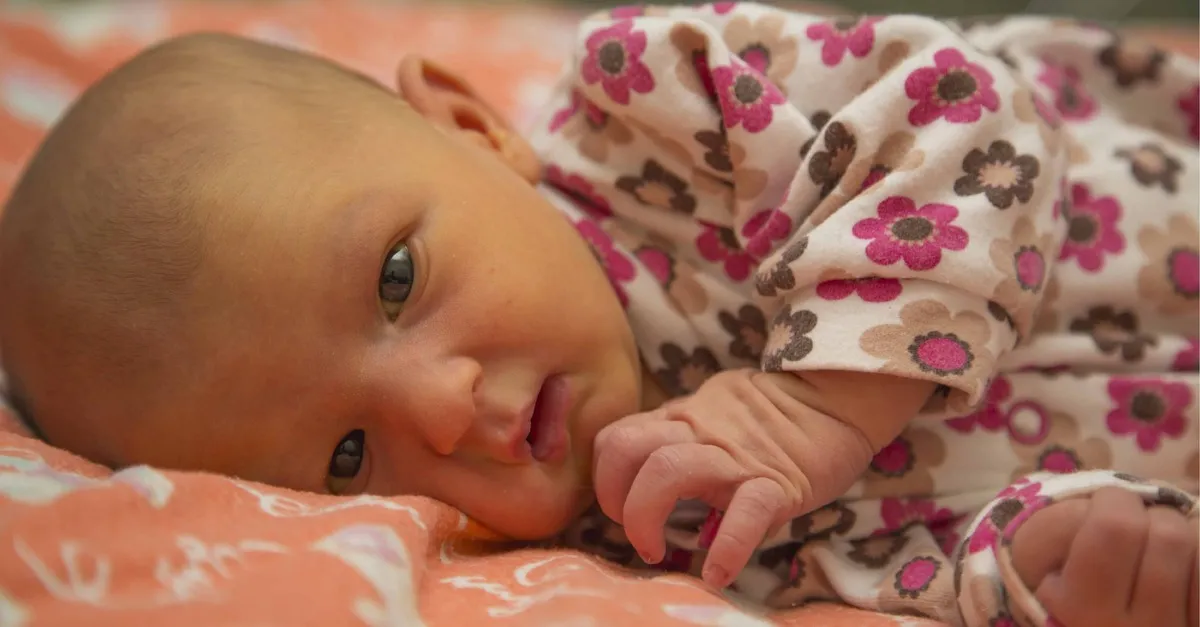Diagnosis of Jaundice in Newborns with Iran-Made Fluorescence Label

“These ‘tattoo’ skin patches make it possible to diagnose jaundice in newborns at home without a need for blood sampling,” Raziyeh Tabatabayee, the manager of the project, told ANA.
“These patches have been designed along with a mobile device and parents can monitor the jaundice in babies at home. When placed on the skin, these patches form a bunch of colorless tattoos on the skin,” she added.
Noting that these tattoos are fluorescent, Rezayee said, “When we place the device on these fluorescent tattoos, the user will be able to recognize the degree of jaundice with the changes made in the device. The accuracy of diagnosing jaundice through this method is equal to the accuracy of a blood test.”
Infant jaundice is yellow discoloration of a newborn baby's skin and eyes. Infant jaundice occurs because the baby's blood contains an excess of bilirubin (bil-ih-ROO-bin), a yellow pigment of red blood cells.
Infant jaundice is a common condition, particularly in babies born before 38 weeks' gestation (preterm babies) and some breast-fed babies. Infant jaundice usually occurs because a baby's liver isn't mature enough to get rid of bilirubin in the bloodstream. In some babies, an underlying disease may cause infant jaundice.
Most infants born between 35 weeks' gestation and full term need no treatment for jaundice. Rarely, an unusually high blood level of bilirubin can place a newborn at risk of brain damage, particularly in the presence of certain risk factors for severe jaundice.
4155/v





















